Our universe is full of mysteries. Astronomers work every day to uncover the secrets of the solar system and beyond.
Sometimes, though, instead of looking out into the sky and performing experiments or attempting to uncover new details about our world, the universe sends _us_ something new to explore. Recently, our exciting new phenomenon is a mysterious radio signal from 8 billion years ago.
An Amazing Discovery
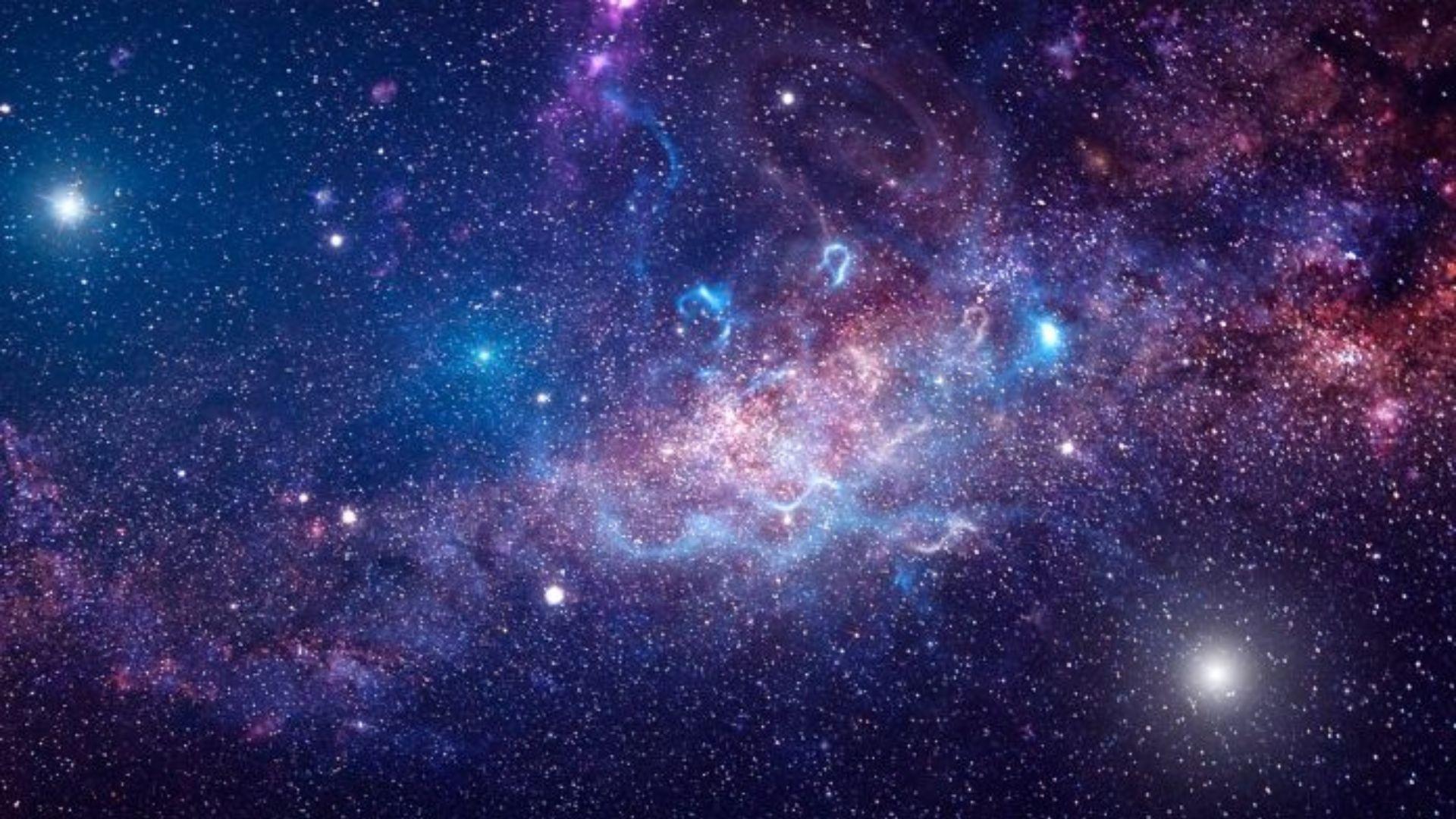
A group of astronomers based in Australia detected a radio signal that was sent out 8 billion years ago. It has been traveling through space and has just reached us now!
This radio signal is called a fast radio burst or FRB. This recent phenomenon is an amazing opportunity for sciences that study our universe.
What is an FRB?
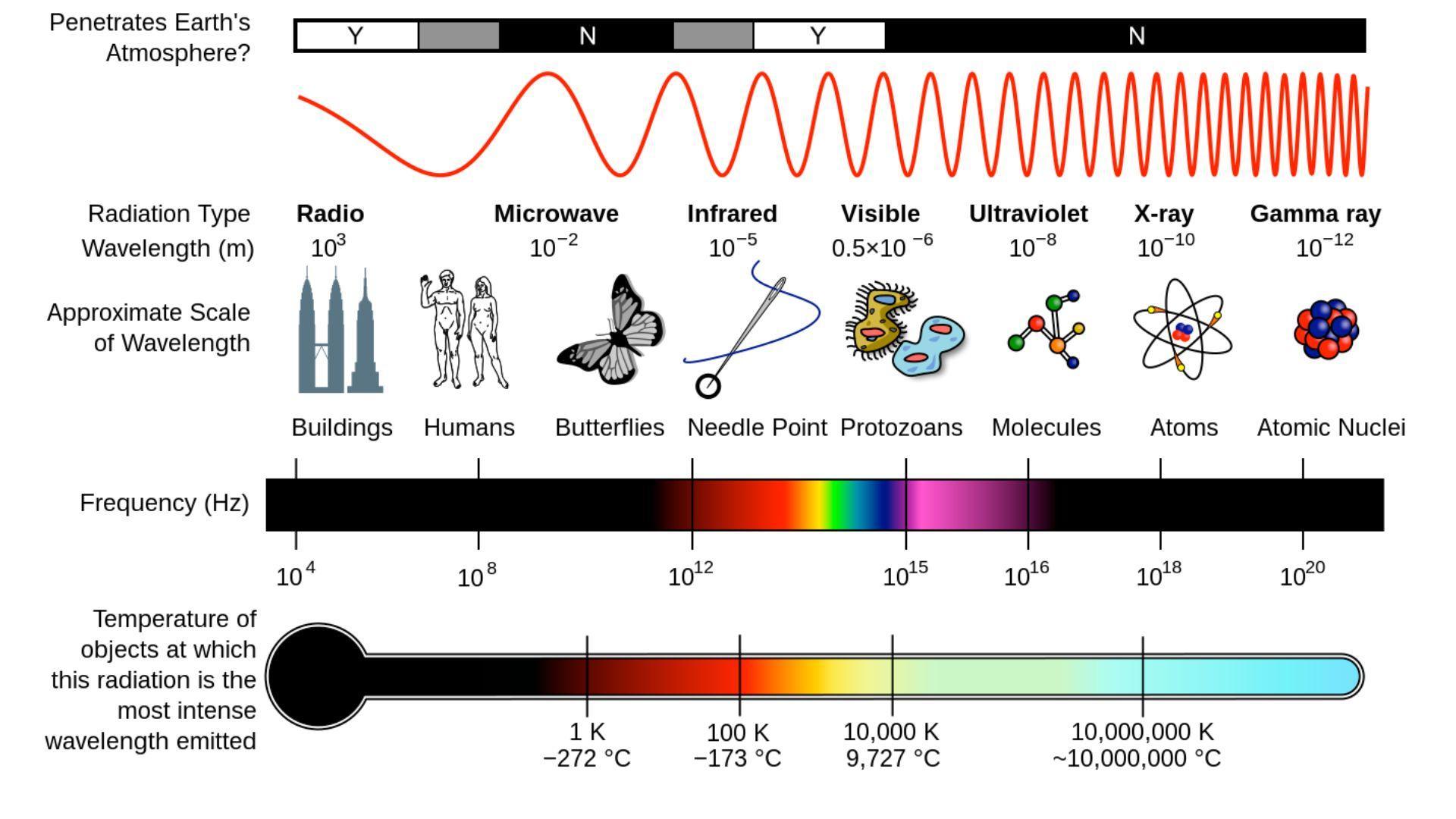
Fast radio bursts are still a relatively mysterious phenomenon. They are a radio signal; radio waves have the longest radiation wavelength on the electro-magnetic spectrum. In a vacuum, radio waves travel at the speed of light.
Interestingly, radio waves can penetrate Earth’s atmosphere. Unfortunately, FRB signals are not recorded very often, so scientists don’t know all that much about them—but this one provides an opportunity to learn!
Observing the Phenomenon
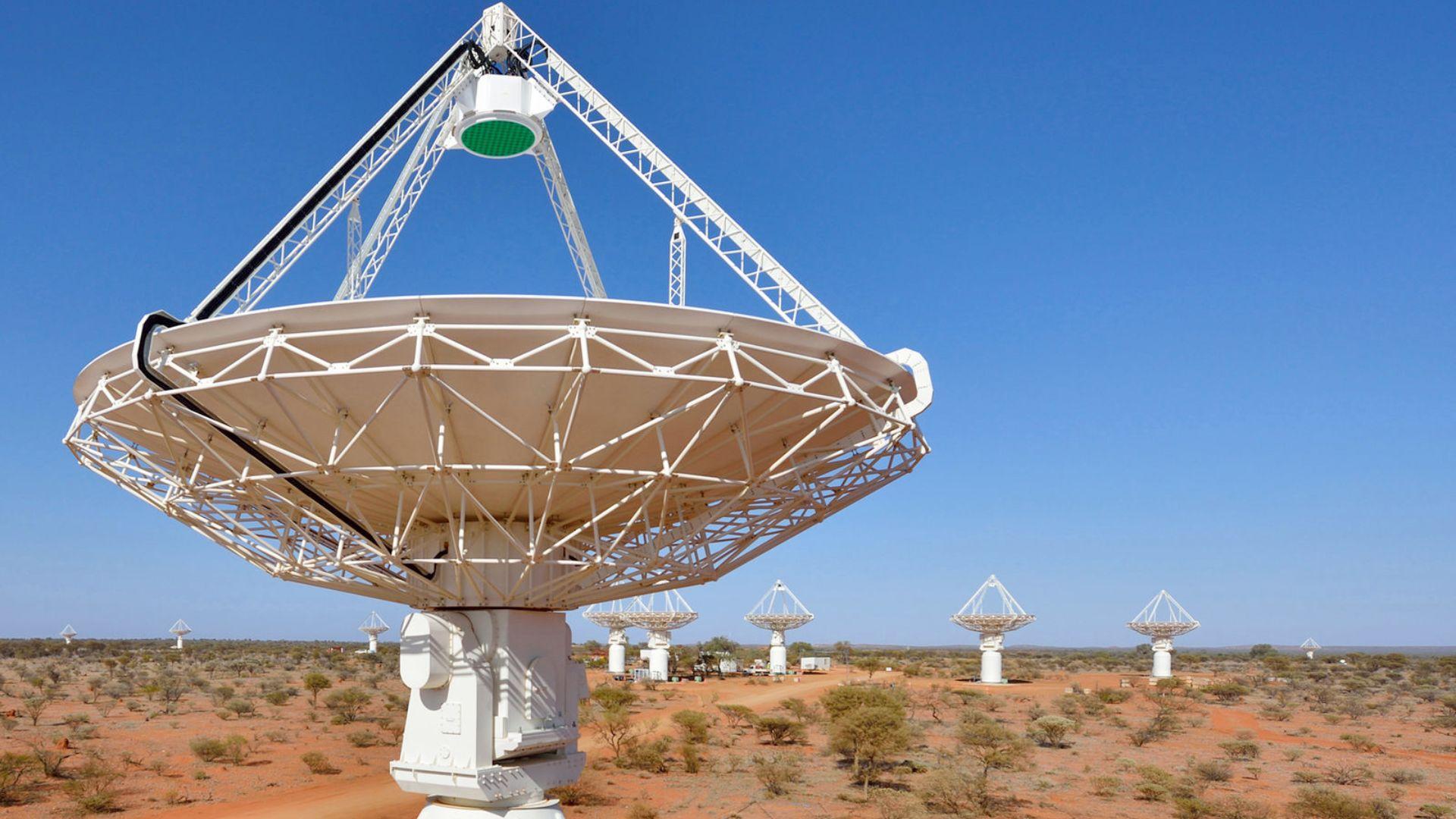
The team in Australia uses the Australian Square Kilometre Array Pathfinder (ASKAP) radio telescope to observe FRBs. They named this recent one FRB 20220610A.
The same FRB is rarely recorded twice and they are very rare to observe in general. FRBs usually appear as only a little blip in human measurement, so this recent discovery will help further the study of FRBs and the universe as a whole.
The Oldest FRB Yet!
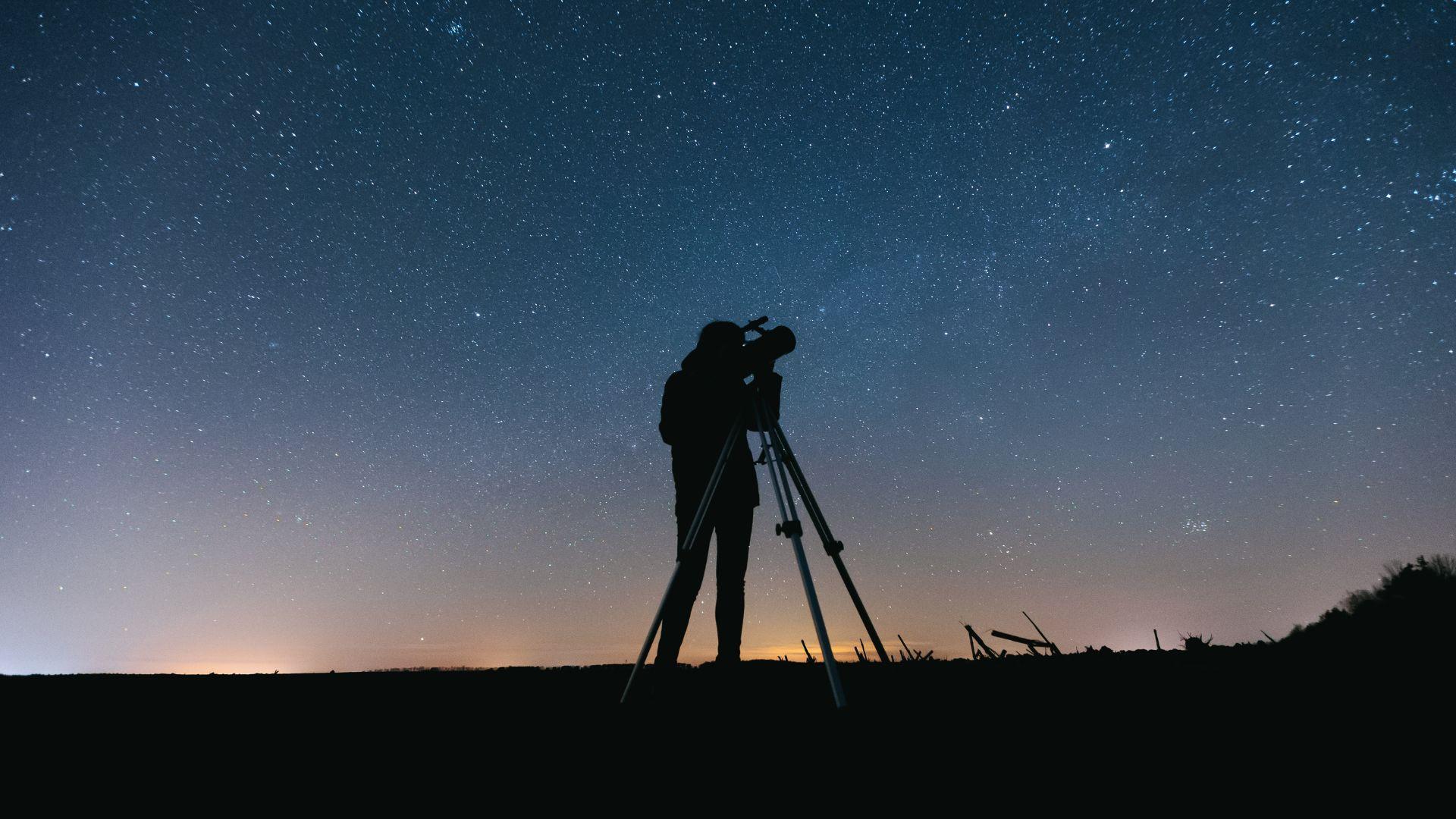
This recent FRB is the oldest recorded yet! Therefore, it sets a new precedent for the kinds of signals that may be traveling through our universe.
The first FRB ever recorded was in 2007, so astronomers haven’t been aware of them for that long. Just because this FRB is the oldest one that has been recorded by us doesn’t mean that it is the oldest ever.
And the Most Powerful, Too!
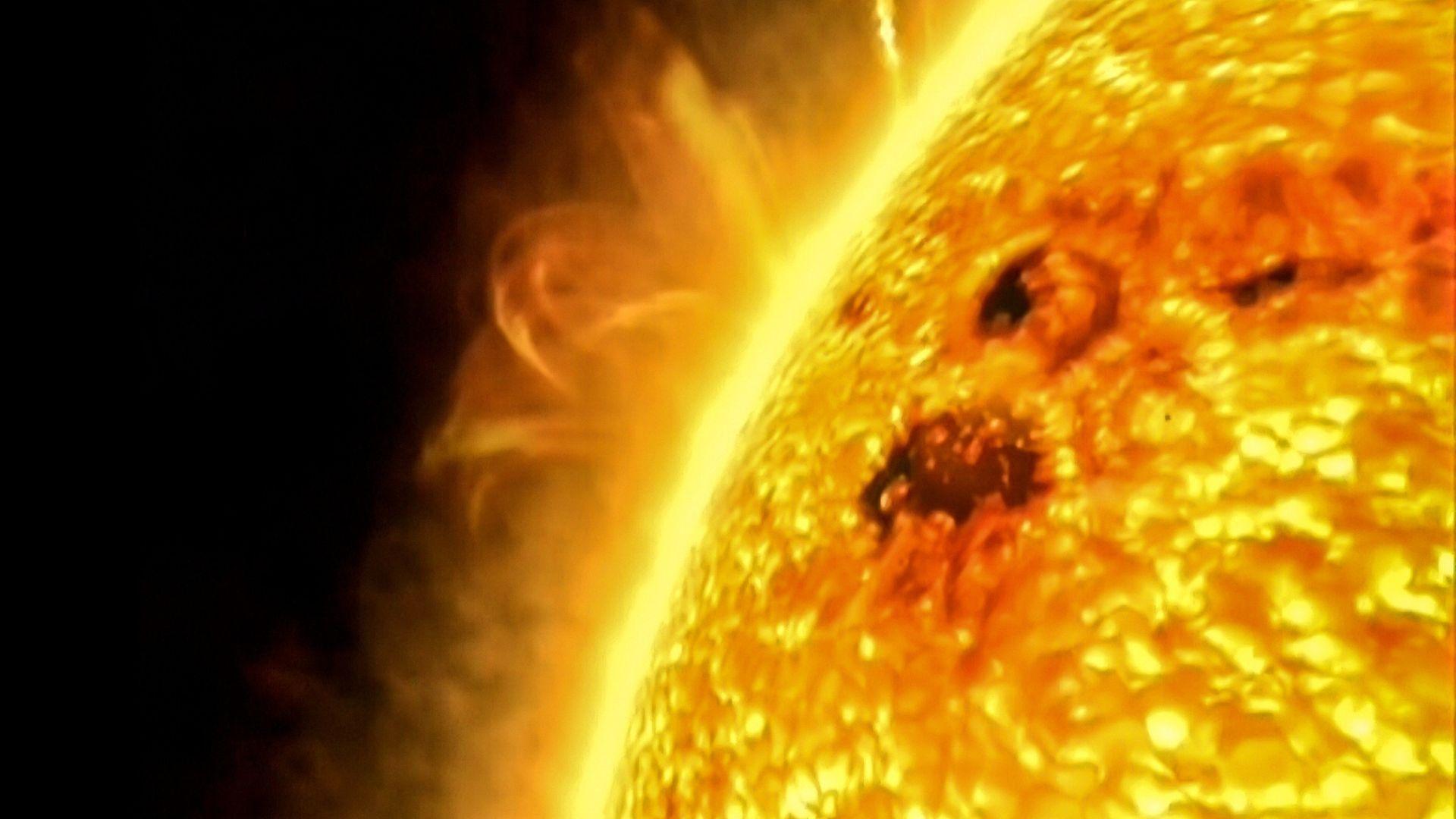
Of the hundreds of FRBs that have been detected, FRB 20220610A is the most powerful! Full of energy, it is extremely impressive and interesting to astronomers.
Ryan Shannon from the Swinburne University of Technology—one of the scientists involved in this discovery—explained that “the burst has the energy that the sun produces in 30 years.” That’s a lot of energy!
How are FRBs Created?
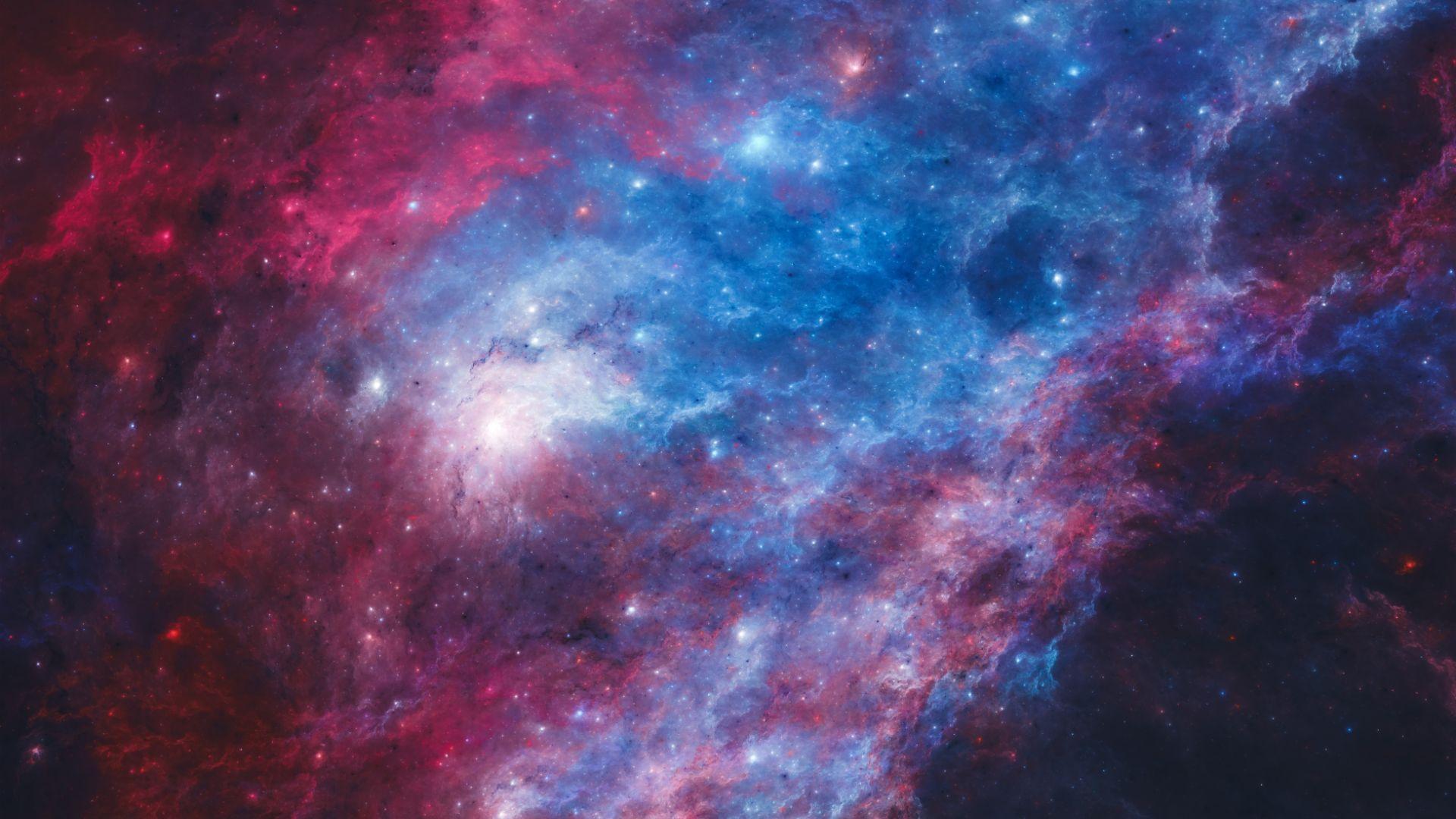
Unfortunately, these signals aren’t traceable due to their age and the expansive and mysterious nature of the universe. What we do know is that FRBs are created far, far away in distant areas of space.
It is also unknown _how_ these signals are created. We do know that whatever catalyst event that creates them sends an intense burst of energy throughout space. This is how the radio waves eventually get to Earth!
Neutron Star Hypothesis
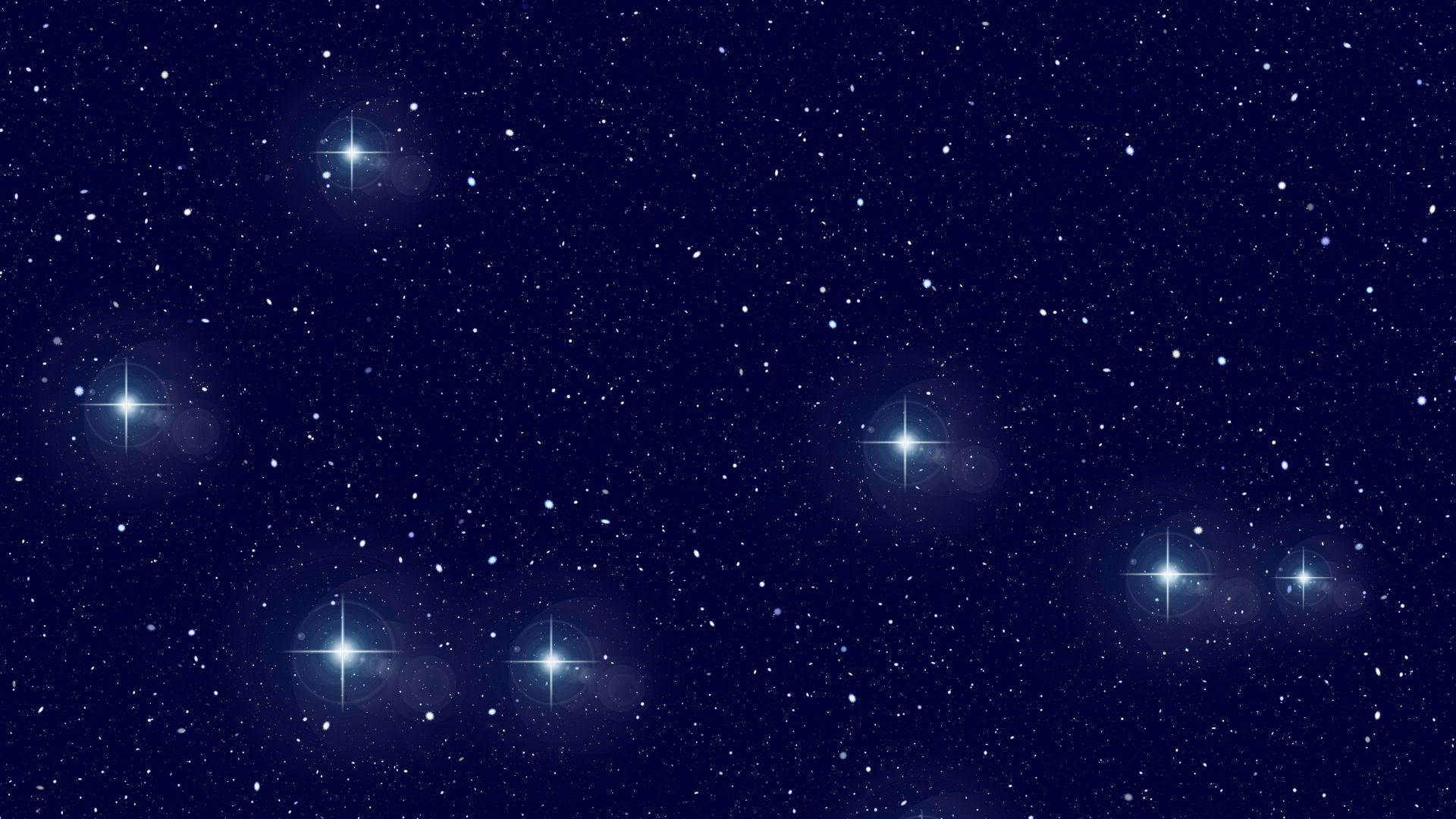
One hypothesis of where the FRBs come from are magnetized neutron stars in distant galaxies. Neutron stars are created when the biggest of stars collapse. When the core of these massive stars condense, they become a neutron star. These special neutron stars are composed of the densest matter known to scientists.
After FRB 20220610A was discovered, the team used a telescope in Chile to inspect the area of the sky that it came from. There, they found a group of galaxies! These galaxies might contain the origin of the recent FRB, furthering this hypothesis.
What this Discovery Means for Astronomy
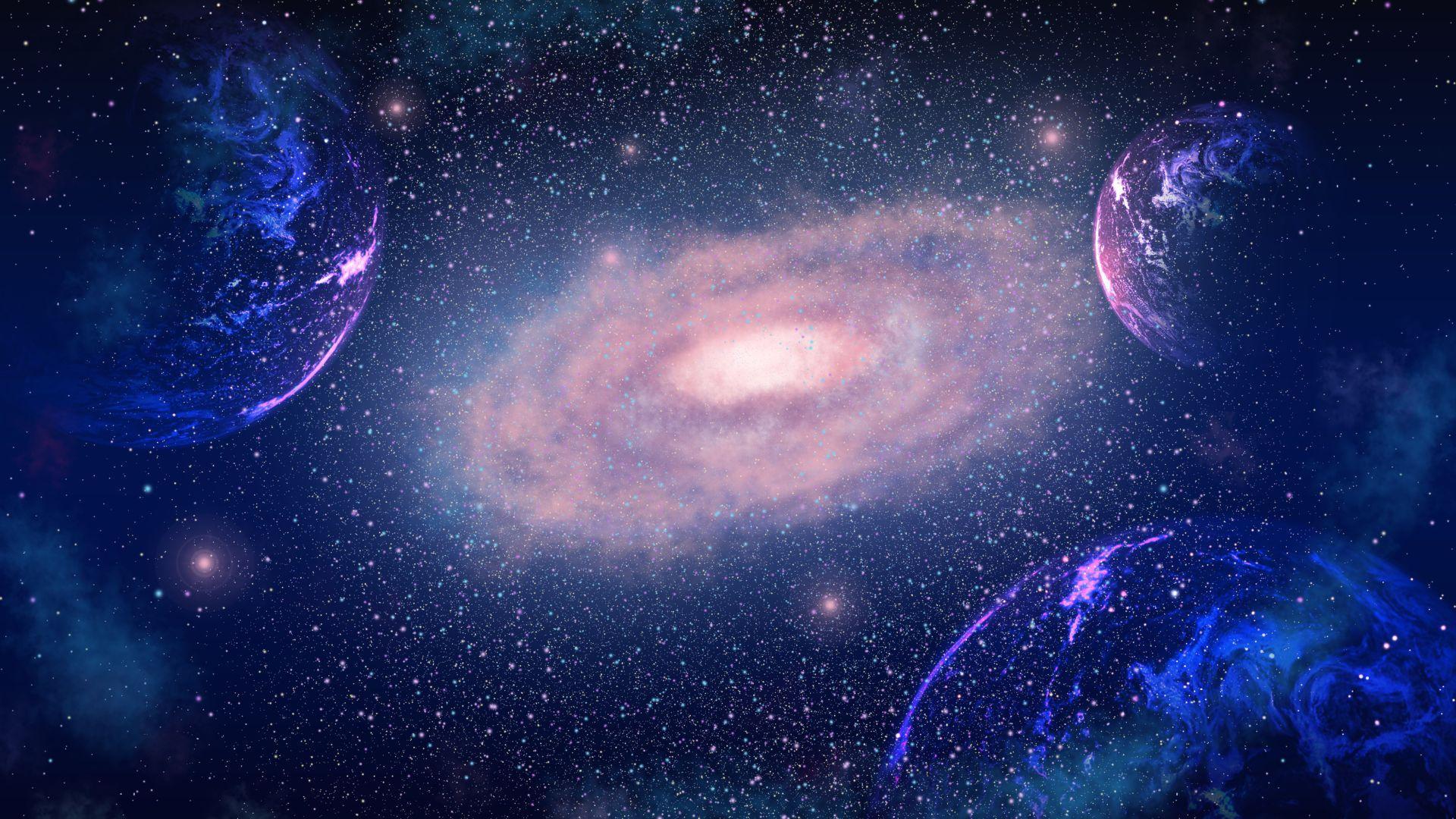
Researchers hope to use FRB signals to better know our universe. FRBs may reveal the structures and materials in far away outer space.
When FRBs are measured, scientists can detect materials and gasses that the signal has traveled through. These detected materials will enable scientists to know what distant galaxies are composed of.
The Many Mysteries of Our Universe
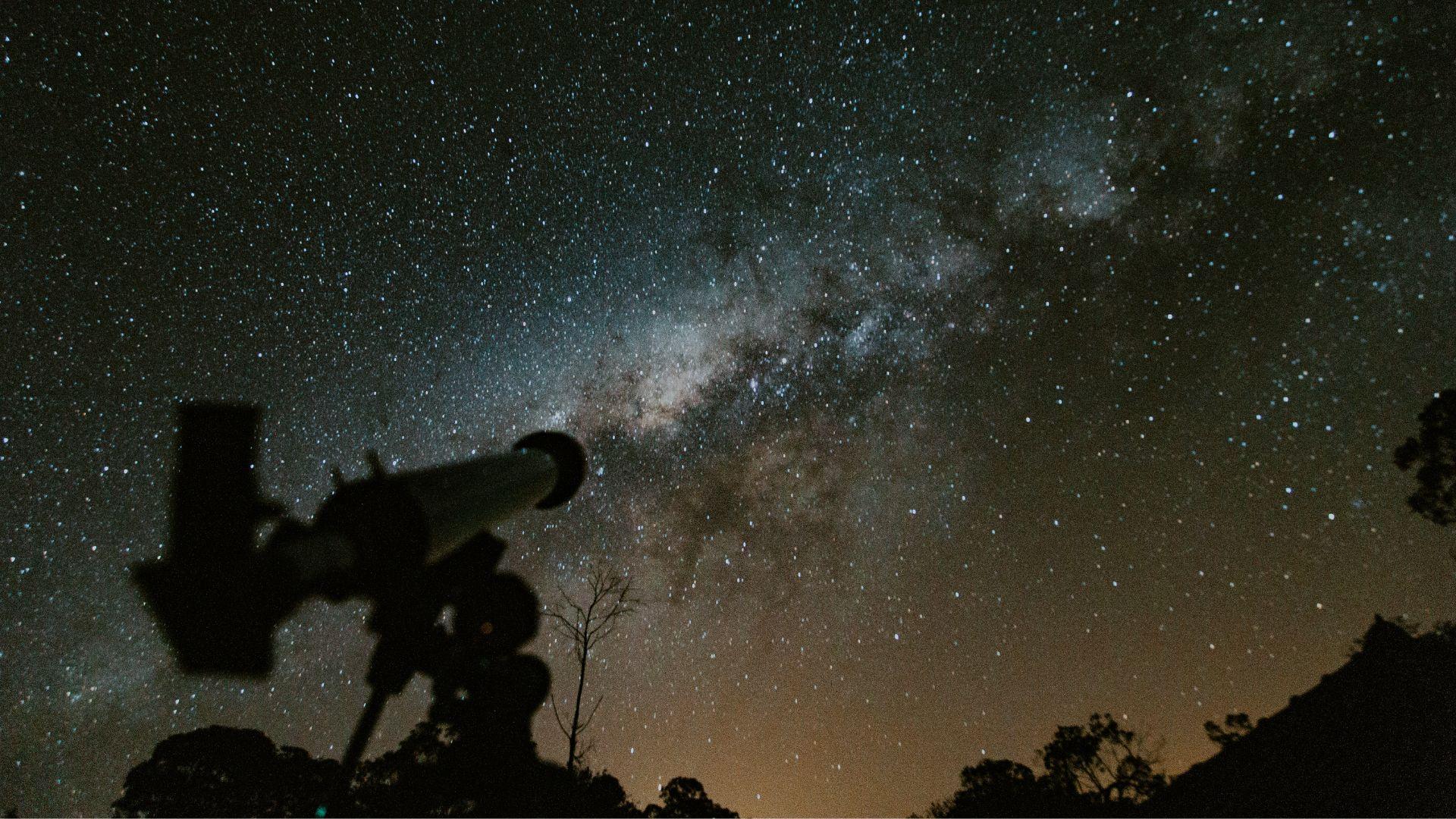
Ryan Shannon believes that the work his team is doing “confirms that fast radio bursts are common events in the cosmos and that we will be able to use them to detect matter between galaxies and better understand the structure of the universe.”
By studying phenomena like fast radio bursts, we can discover so many unknowns about our universe. Although mysterious and perhaps just a little bit scary, the vast expanse of space has so many interesting spectacles to discover.

